Esri Releases Latest Land Cover Map with Improved AI Modeling
Land-use/Land-cover (LULC) maps contextualize and quantify the impacts
of earth processes and human activity on the environment. Organizations around
the world are now using these tools to inform policy and land management
decisions around issues like sustainable development. In continued support of
these users and their goals, Esri, the global leader in location intelligence, in
partnership with Impact Observatory, has released a global land-use/land-cover
map of the world based on the most up-to-date 10-meter Sentinel-2 satellite
data for every year since 2017. Following the latest 2022 data released earlier
this year, the artificial intelligence (AI) model for classification has been
improved, making the maps more temporally consistent.
Year-over-year changes detected in the LULC time series maps can be key
indicators for analysts and decision-makers. The AI model performing the global
classification has been optimized to reduce model insufficiency, class
ambiguity, and sensitivity to seasonal variability. The result is a higher
confidence that changes detected represent meaningful real-world changes.
"Users are working with maps that will accurately reflect events
and earth processes that are happening in reality," said Sean Breyer, Esri
program manager for ArcGIS Living Atlas of the World. "We are constantly
updating our land-cover map with new data and features, and this latest
improvement ensures that anyone viewing temporal change can be confident what
they are seeing represents the natural world."
With planned annual releases, users have the option to make
year-over-year comparisons in global land cover today and into the future. This
is especially important for organizations like national government resource
agencies that use this data to define land-planning priorities and determine
budget allocations. Governments, businesses, and scientists can now more
reliably make these data comparisons.
Esri developed its Sentinel-2 10-Meter Land Use/Land Cover Time Series
with European Space Agency (ESA) Sentinel-2 imagery hosted on the Microsoft
Planetary Computer, and with machine learning workflows developed by Esri
Silver partner Impact Observatory.
“With Esri’s support, Impact Observatory was able to further improve
these fully automated maps of the world, which have already been independently
assessed as the most accurate global land-cover maps available,” said Steve
Brumby, Impact Observatory CEO. “These maps provide important insights into the
large-scale patterns of our changing planet.”
The global LULC time series is available online to more than 10 million
users of geographic information system (GIS) software through Esri's ArcGIS Living Atlas of the World, the foremost collection of
geographic information and services, including maps and apps. It can also be
viewed on the Sentinel-2 Land Cover Explorer, a dynamic, ready-to-use online
application that allows anyone anywhere to easily observe change.



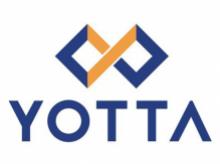

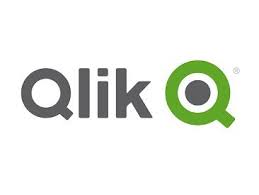









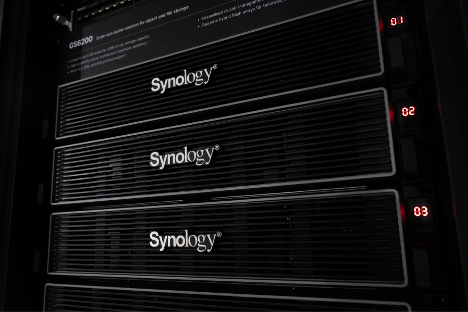
















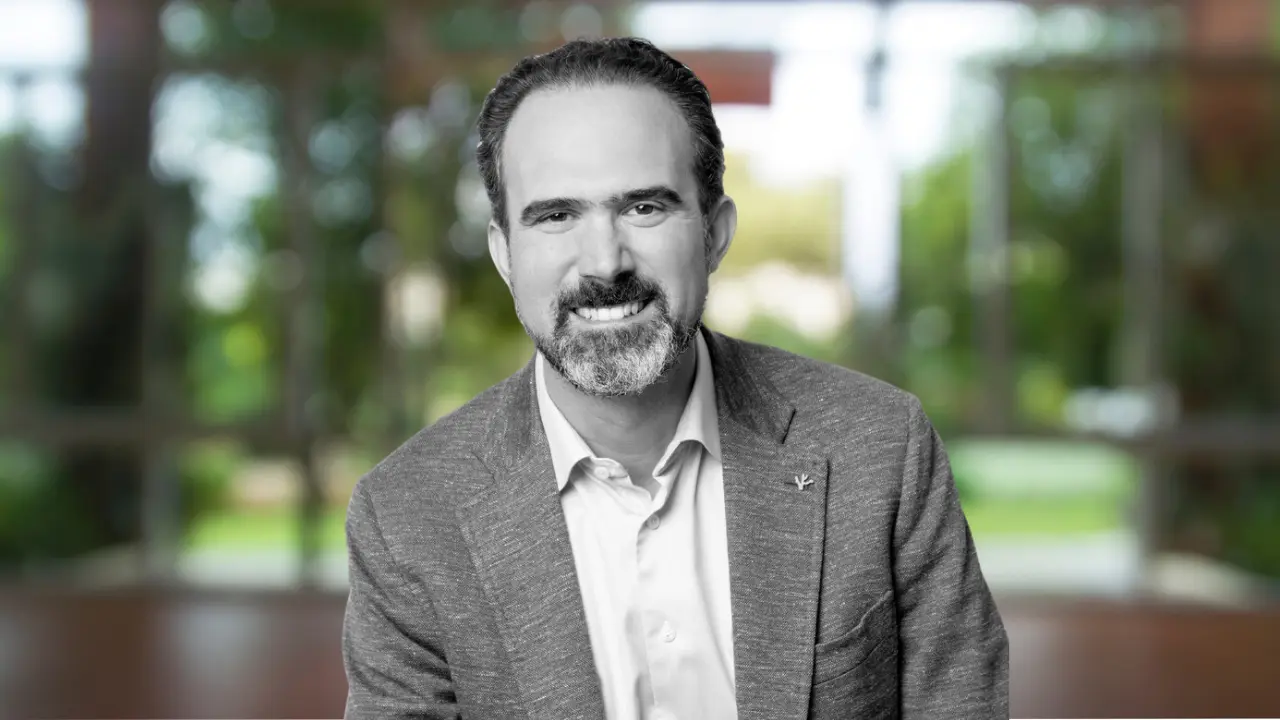
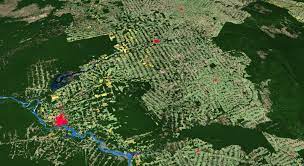
Leave A Comment